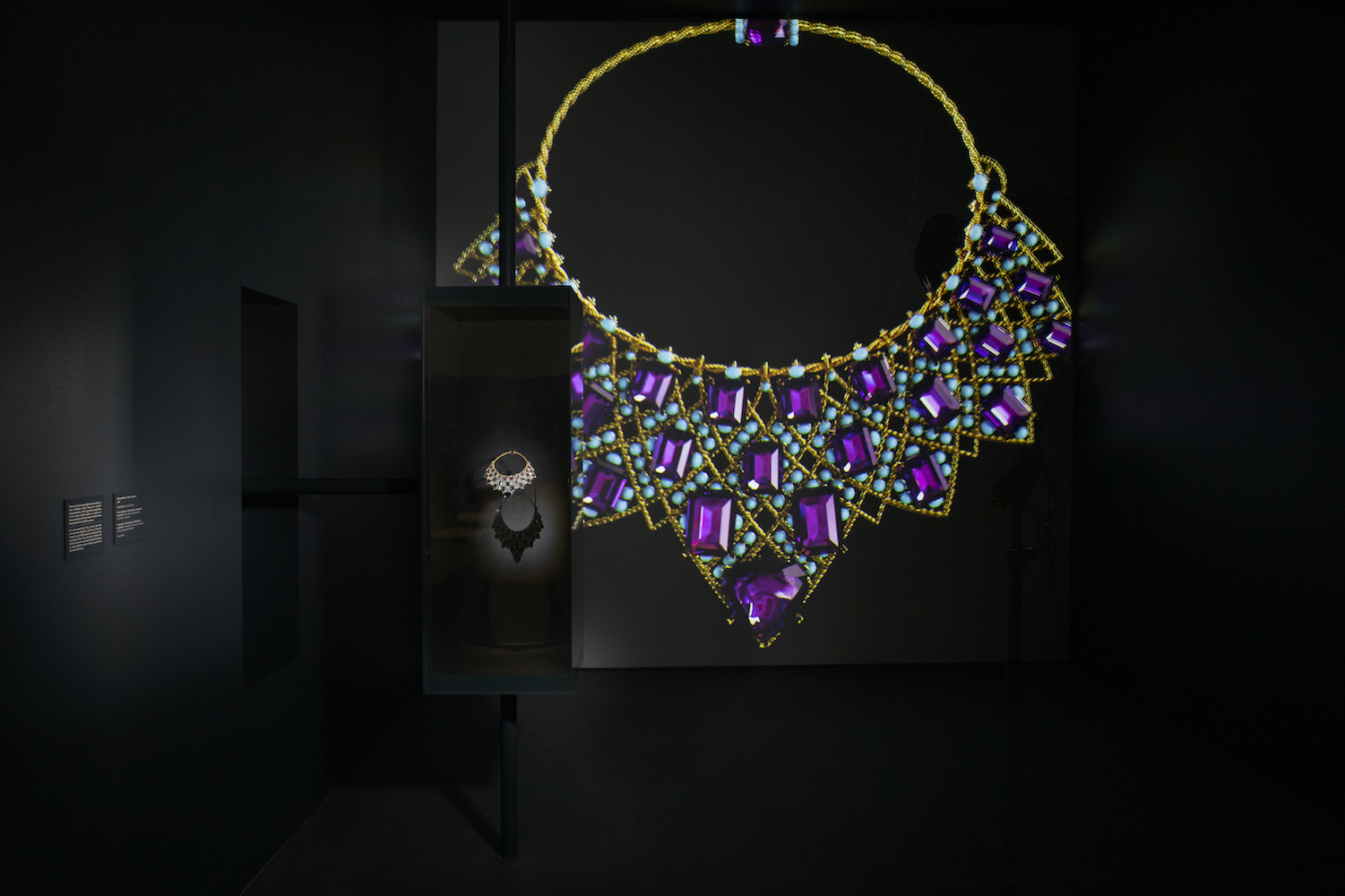“Cartier and Islamic Art: In Search of Modernity,” currently on view at the Dallas Museum of Art (DMA) through September 18, traces inspirations from Islamic art and design, including from Louis Cartier’s exquisite collection of Persian and Indian art, and the work of the designers of the Maison Cartier from the early 20th century to present day. The exhibition is co-organized by the Musée des Arts Décoratifs, Paris, in collaboration with the Musée du Louvre, and designed by renowned studio Diller Scofidio + Renfro (DS+R).
Liz Diller, founding partner of DS+R, and her team created an otherworldly, contemporary display that invites viewers to fully delve into masterly details and striking nuances in a one-of-a-kind presentation. Unfolding over several rooms, the exhibition of immaculate designs hover in glass cases, brought to life in sweeping projections. By way of visual juxtapositions, the show explores how Cartier’s designers adapted forms and techniques from Islamic art, architecture, and jewelry, as well as materials from India, Iran, and the Arab lands, unifying them into a modern stylistic language unique to the maison.
A true visionary, and the first architect to receive the MacArthur Foundation Fellowship Award, Diller is no stranger to taking on special and majestic projects that transform the meaning of cultural spaces; from the expansion of MoMA to the Mile-Long Opera (an immersive choral work staged on the High Line) she brings the public into the heart of every new project. Whitewall had the opportunity to ask the multi-talented Diller—a member of the UN Council on Urban Initiatives and a Professor of Architectural Design at Princeton University—about the joys of embarking on unknown territory.
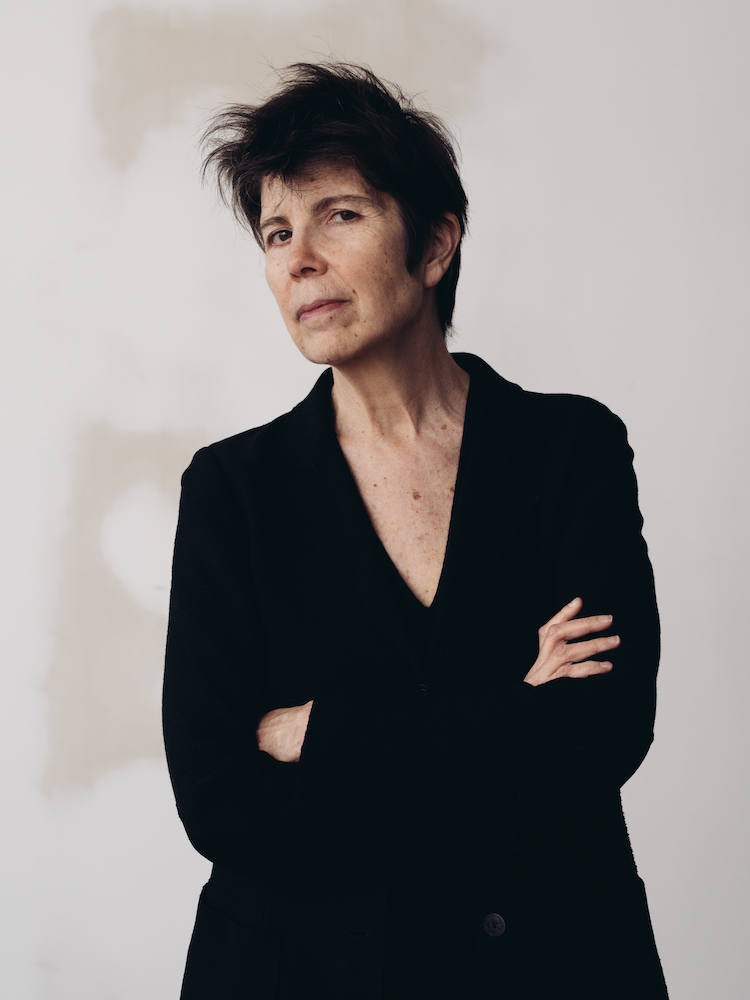
Photo by Geordie Wood, courtesy of Elizabeth Diller.
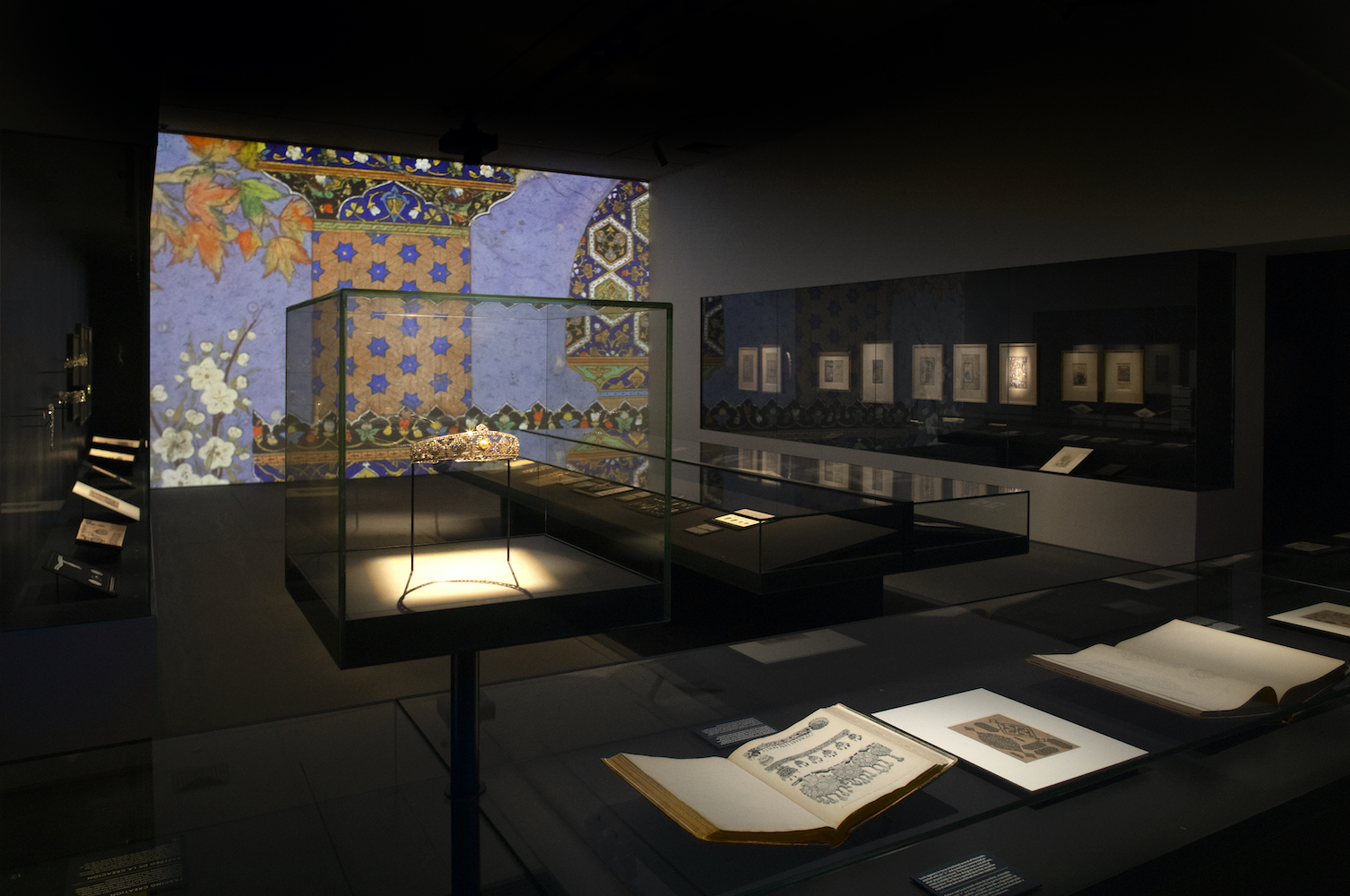
Installation view of “Cartier and Islamic Art: In Search of Modernity,” photo by John Smith, courtesy of Dallas Museum of Art.
WHITEWALL: How did you begin to approach the design of this unique exhibition of iconic Cartier pieces and works of Islamic art into a contemporary display for intimate viewer exploration?
LIZ DILLER: We won a design competition in which the brief stipulated two sites, a curatorial narrative and an object list. So the question was, how do we as designers fit into a topic we know nothing about? We were not specialists in Islamic art, nor in Cartier’s history, nor their jewelry, which actually excited us because it meant that we would be learning something new. The most creative projects are ones in which we have no prior references to fall back on and thus have to process new problems in a fresh way.
There are so many objects in the show—over 600 objects when it premiered at Musée des Arts Décoratifs and over 400 when it was shown in Dallas. That density of beauty was almost too much of a good thing. Our challenge was to pace visitors through the galleries in a way in which content could be absorbed and seen through new lenses. It had to be full of surprises. In addition to unique spatial casework, we wanted to bring the show to life. We brought in a digital layer. Working with the curatorial framework, we aimed to complement the objects on display through radical magnification, which allowed for a deeper analysis of their construction and intricacy undetectable to the naked eye. The digital animations prompted viewers to look, and then look again. Digital displays tend to be didactic, but we wanted our digital displays to engage viewers in an active dialogue between physical and digital artifacts.
A big challenge was trying to imagine how we could customize the curatorial objectives to the two unique spaces on two continents. In Paris, the circulation and sequencing of the exhibition was driven by a very tall and ornate vaulted central space, “the nave,” which was surrounded by a series of small galleries to both sides that you could dive in and out of. You can follow the curatorial narrative in the enfilade of small peripheral galleries, or enter the nave and watch the digital animations projected over 30 feet high. This giant palette cleanser worked in tandem with the density of the small galleries. The Chilton Galleries at DMA posed an opposite challenge—a nearly blank canvas. The generic white box gallery had a 14’ ceiling and the wide open space that was interrupted by columns. We gave the space a conceptual “center” in the form of a cruciform made by two large intersecting display cases connecting four small galleries that housed four select Cartier pieces and digital animations.
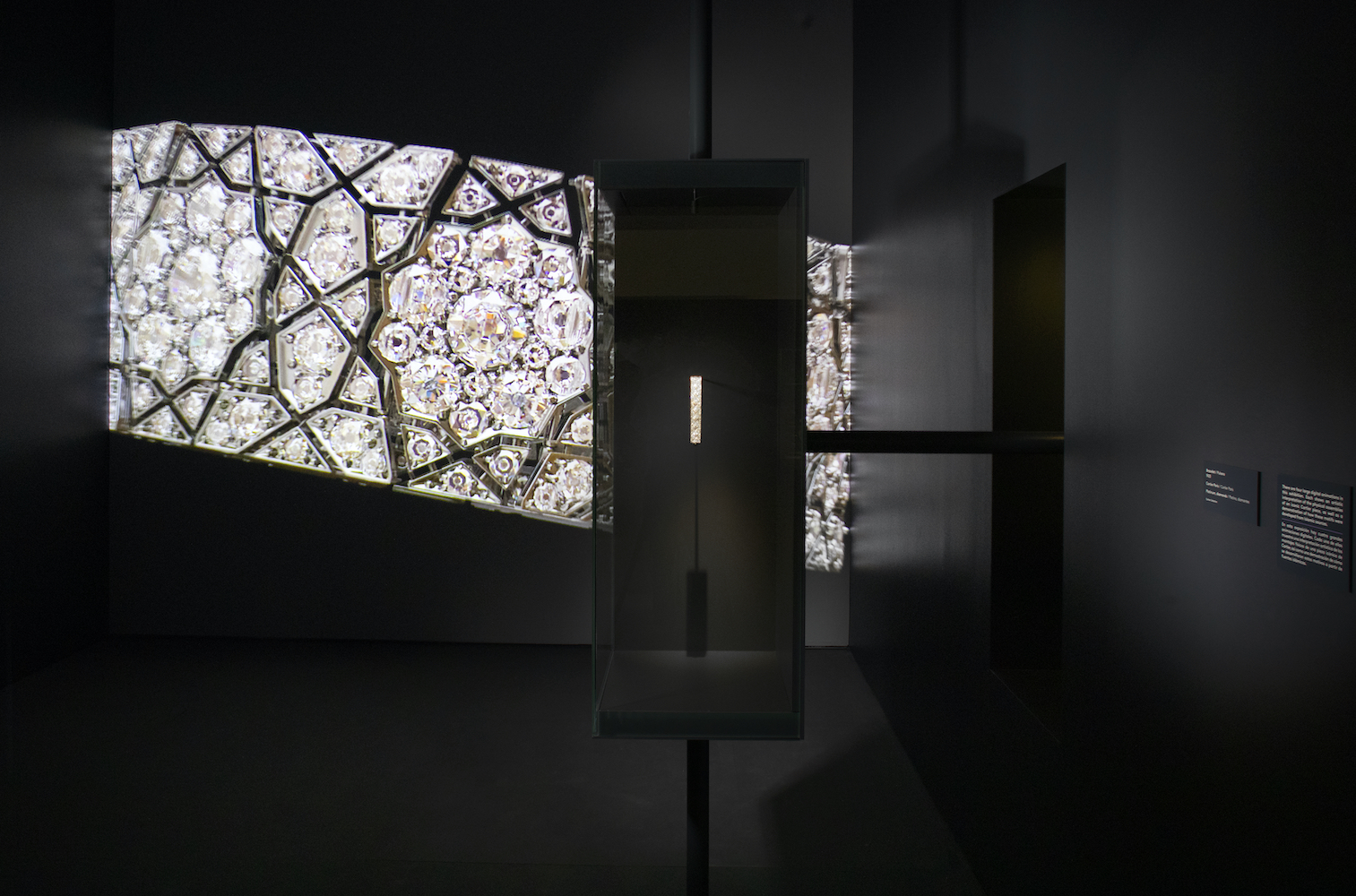
Installation view of “Cartier and Islamic Art: In Search of Modernity,” photo by John Smith, courtesy of Dallas Museum of Art.
WW: As Cartier was influenced by the ancient art and design on view, what inspiration did you draw from the art itself for your immersive installation?
LD: We were fascinated with the geometries of these decorative works. They are inherently abstract, absolutely contemporary and atmospheric. One of the curatorial objectives was to look at these patterns and structures of the artworks. The magnification allowed us to see the pure geometries, which had to meet the anatomy of different body types while also responding to gravity and movement. As we dove deeper into the analysis, we were fascinated by the mathematical magnificence of these engineered artifacts, the intricacy of their connections, and the clear influence of Islamic architecture. The magnification and analysis of the pieces became an organizing principle for the installation.
WW: Can you talk a bit about the viewer’s experience as they walk through the dark spaces, to the glass cases, where objects of beauty appear to be floating, surrounded by vivid projections and ancient artifacts?
LD: As mentioned, there are four “central” zones, each dedicated to a single piece of jewelry, which is displayed next to an immersive animation. The videos complement the physical artifacts and combine historic Islamic references (a book binding, a mihrab, an arcade or a dome), with the mechanics of their construction, their material properties, and their responsiveness to the animated body. The conversation between actual and virtual provides the visitor with an expanded way of looking at artifacts, their histories and a new set of stories that cannot be seen with the naked eye. As you leave one gallery dense with jewelry and artworks, you enter another, which loosely houses only one object, thus creating a multi- course meal with palette cleansers in between.
As visitors move through the exhibition, they encounter glimpses into galleries they have not yet seen as well as ones they have experienced. These visual connections link disparate eras and geographies. In one case, Cartier’s earliest explorations of Islamic Art are linked with contemporary pieces. We suspended specific objects that relate to two curatorial zones in vitrines that allow visitors to see the artifacts from two sides, against two backdrops. The cases themselves fold, float, and slip their way through the galleries. In one physically animated display, a necklace based on fractal geometries with simple linear components connected via tiny complex hinges collapses into a flat geometric pattern on its base before the base mechanically transforms into human form, allowing the necklace to display its virtuosic ability to drape on the female torso. This “breathing necklace” literally morphs between two and three dimensions.
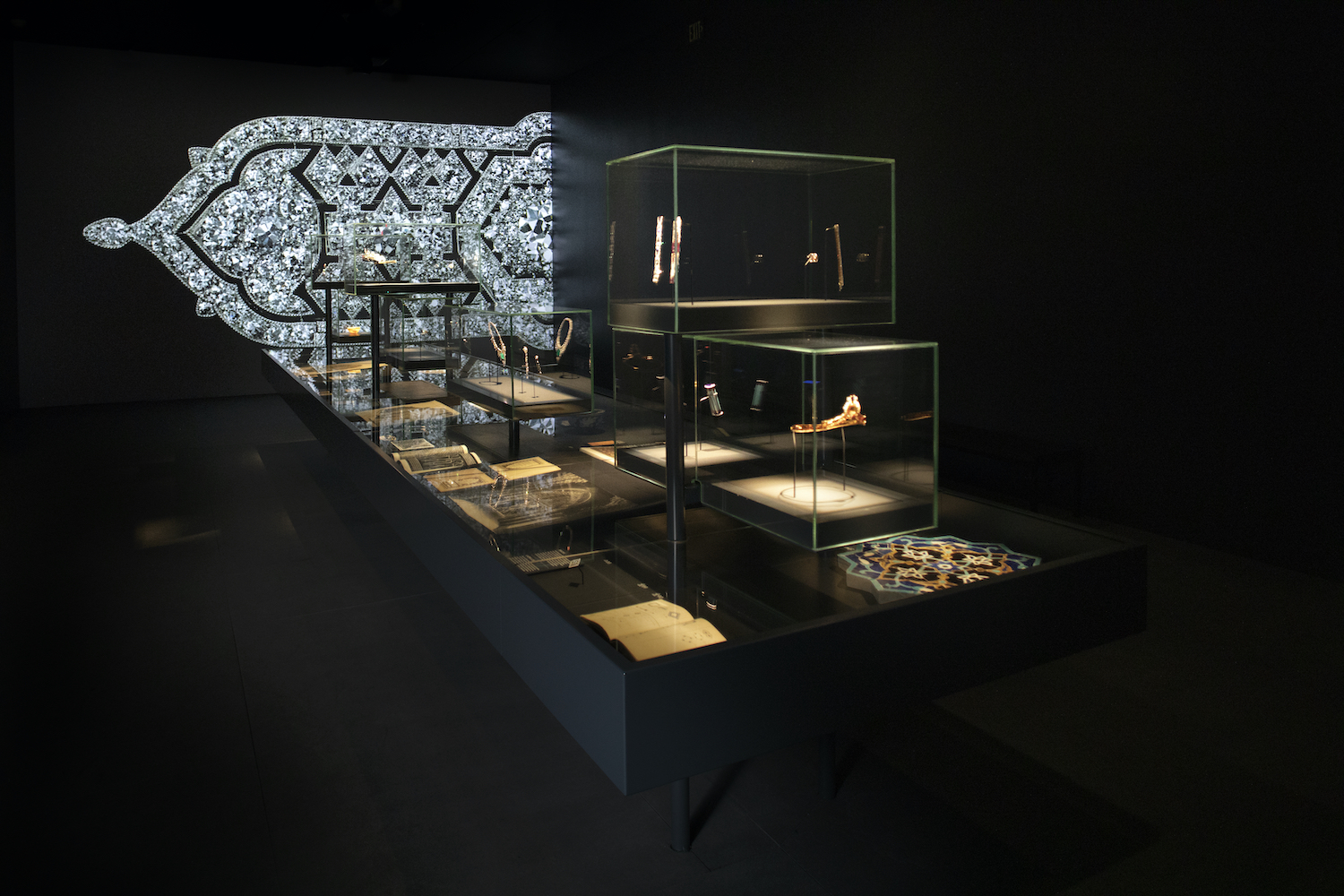
Installation view of “Cartier and Islamic Art: In Search of Modernity,” photo by John Smith, courtesy of Dallas Museum of Art.
WW: Can you share with us how you might have worked independently or in collaboration with Cartier’s Islamic Art and Decorative Arts and Design departments, the Musée des Arts Décoratifs, the Louvre, and the Dallas Museum of Art?
LD: Our first realization was that we were in a succession of interpreters. Louis Cartier was first drawn to Islamic Art in a curated museum exhibition. The early Cartier designs were interpretations of that first exposure. That’s already two layers of interpretation. The curators of our show interpreted the Cartier pieces as a third layer, and then we came in as a fourth act, interpreting the curators’ interpretation of the Cartier designers’ interpretation of Louis Cartier’s interpretation of the museological displays of the original Islamic art works. So on top of all of these layers, the immersive displays allow visitors to interpret this subject matter once again.
We worked very closely with the entire team at Cartier to mine their archives during the design process, conducted nearly entirely through COVID. We were on FaceTime and Zoom, constantly asking conservators and curators to show us pieces and demonstrate how they move. We had a great back and forth, getting a sense of each object’s mass and weight, the way it hung and bent, compressed and expanded, to fully understand the structure and construction of the objects.
In Dallas, we had the chance to imagine a space completely tailored to the curatorial discourse. We already knew a significant number of artworks from Paris, but for Dallas it was critical to transform the connections between artworks into a complete spatial experience, which needed to be built from scratch. The DMA curatorial team helped us to understand the adjacencies between the pieces, which we then organized into a carefully designed sequence of rooms and showcases.
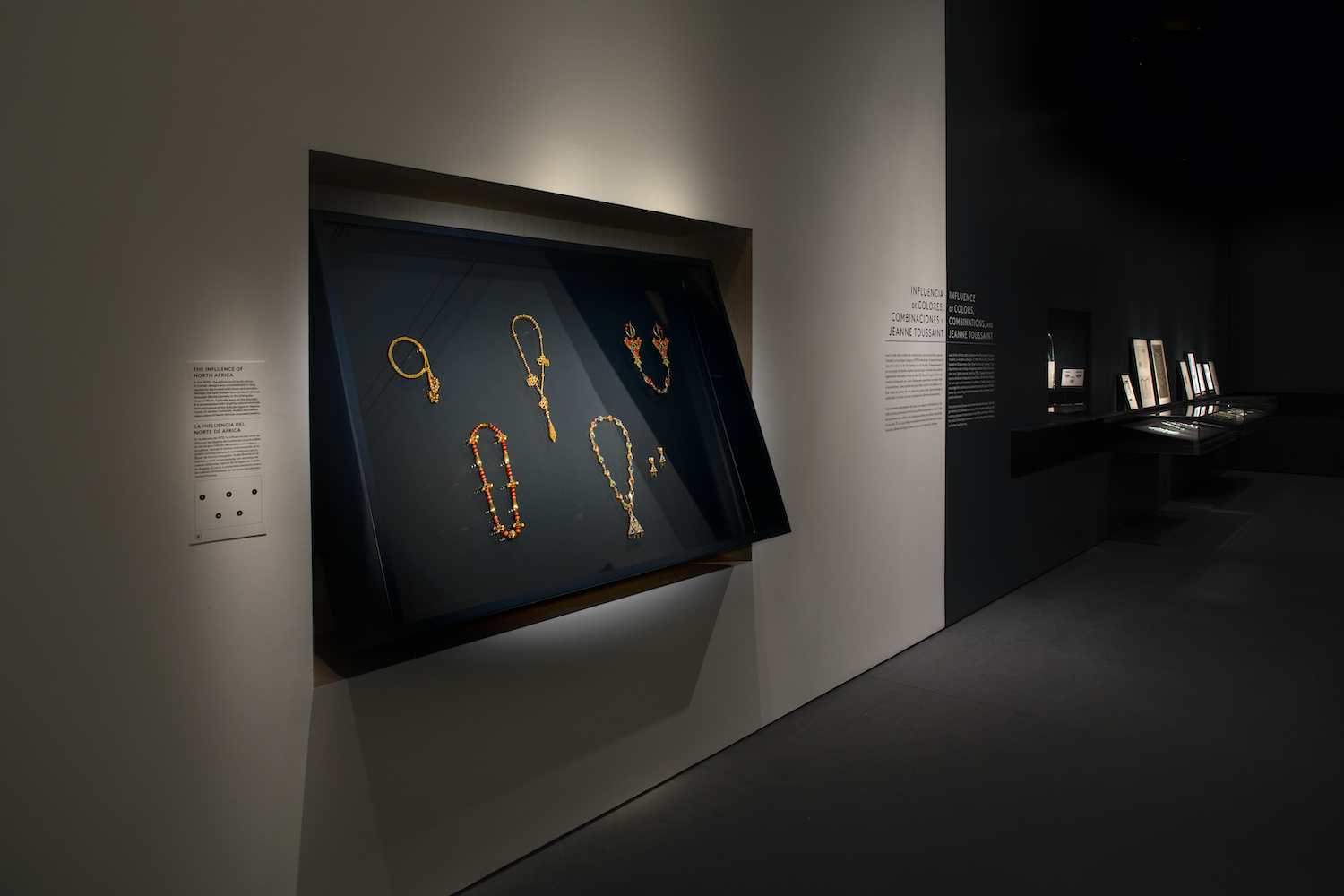
Installation view of “Cartier and Islamic Art: In Search of Modernity,” photo by John Smith, courtesy of Dallas Museum of Art.
WW: What was the inception for your alternative projects that blur the boundaries between architecture, art, and performance?
LD: When Ric [Scofidio] and I started working together, we had an alternative practice: not an architectural one, but one in which we could teach, write, and produce projects in physical space without a client or site. We followed our curiosity and desire to challenge the conventions of everyday, operational space. We had little interest in making buildings and we stayed independent of the profession, which we felt was intellectually bankrupt and morally corrupt. Later, things changed, and I saw the light. We’ve come into the field slowly, but on our own terms, progressing from experimental work to new institutions that foster experimentation, like The Shed. However, we balance the permanent building projects with independent projects that continue our research practice and often materialize into public art works, installations in alternative spaces as well as museums, and works for the stage.
Our work is always interdisciplinary. Architecture in and of itself is the intersection of technical and creative disciplines. We really don’t make a distinction between architecture and our independently generated projects, research, performance work, installations, curatorial projects, digital projects and works for print. They are all equally important, large or small, permanent or temporary, a drinking glass or a city. Maybe we make a slight distinction between income-generating and income-losing projects.
WW: Has this independent work been fundamental to your growth and evolution since the studio’s foundation in 1981?
LD: We did a lot of our early independent work on found or borrowed sites. Sometimes we squatted as a form of guerrilla architecture. The work was often ephemeral—at times only in existence for 24 hours. So the idea of working in the public realm was always part of the ethos of our work. At a time when our cities are being rapidly privatized by developers, it’s important to democratize cities, and create parks and public spaces for our physical and social health.
That drove our work on the High Line, The Shed, Lincoln Center, and Zaryadye Park. We feel it’s important to extend the accessibility of the public realm into institutional space just beyond its perimeter walls—to bring the city in and release cultural offerings out. The public should be able to access and enjoy a concert with or without a ticket into the concert hall. We like to intervene very early in the formation of an architectural project, when we can help determine its programmatic strategy with the aim of intersecting social, political, economic, and aesthetic disciplinary issues. Our approach has consistently been both critical and generative. We don’t like to do the same thing twice.
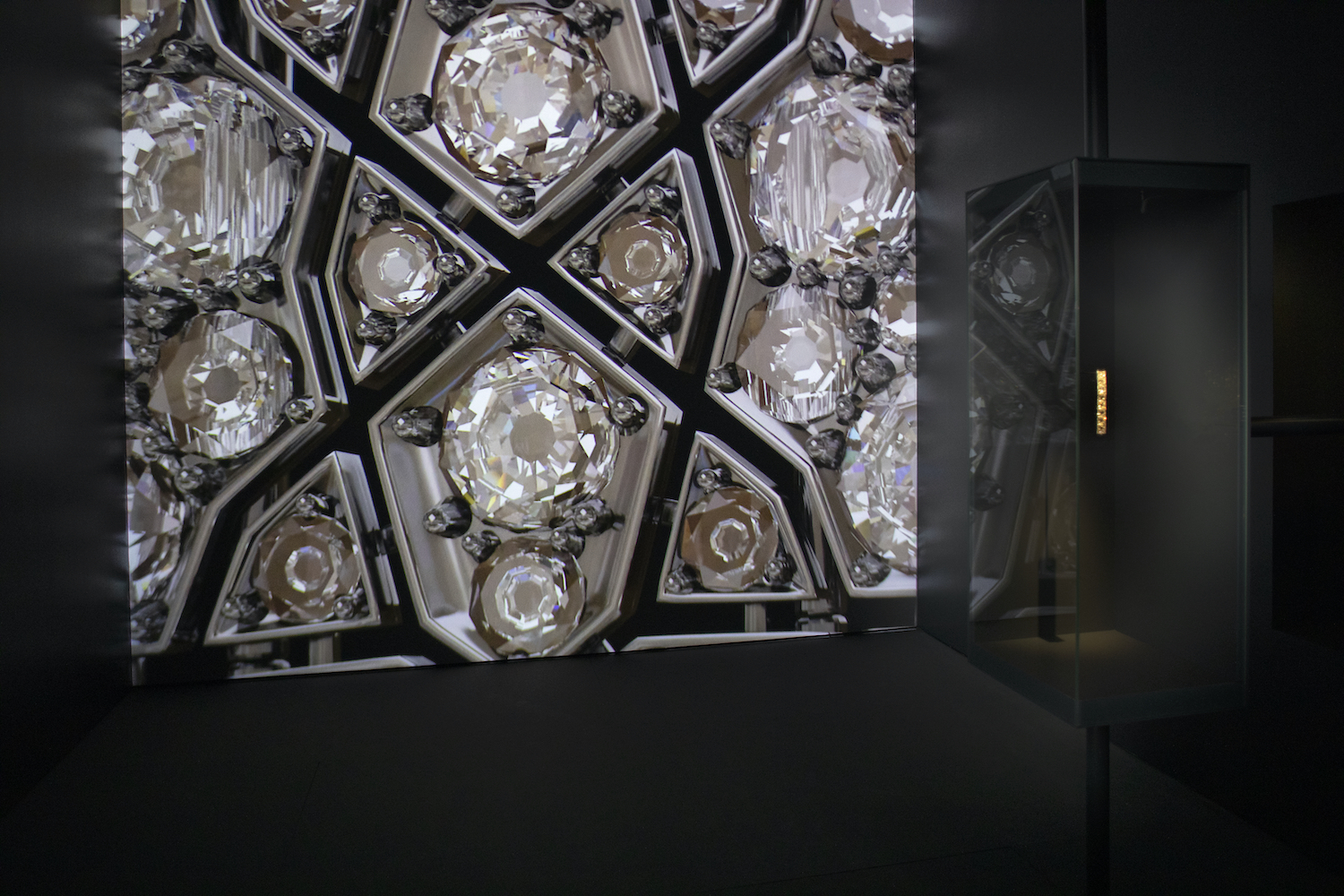
Installation view of “Cartier and Islamic Art: In Search of Modernity,” photo by John Smith, courtesy of Dallas Museum of Art.
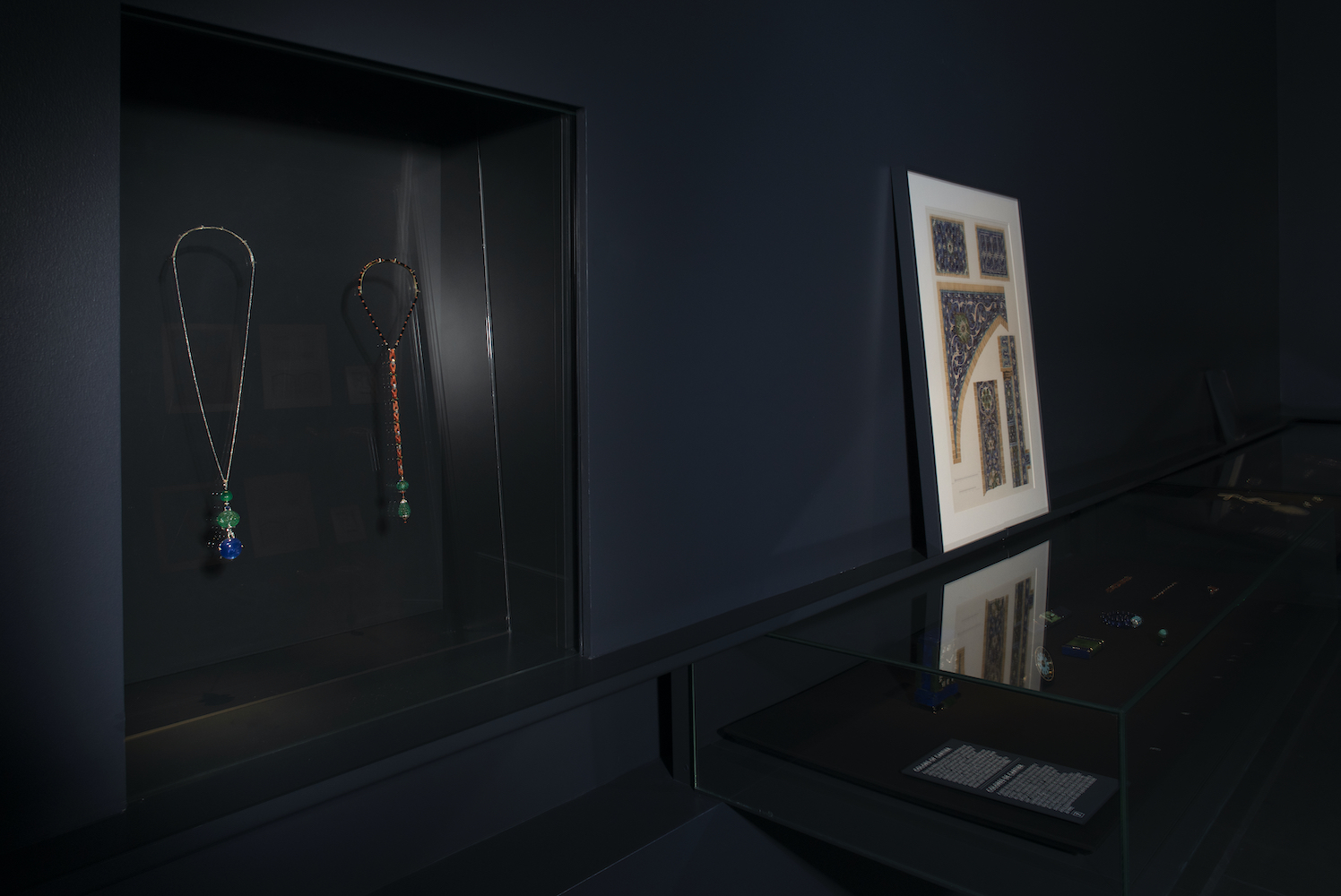
Installation view of “Cartier and Islamic Art: In Search of Modernity,” photo by John Smith, courtesy of Dallas Museum of Art.


